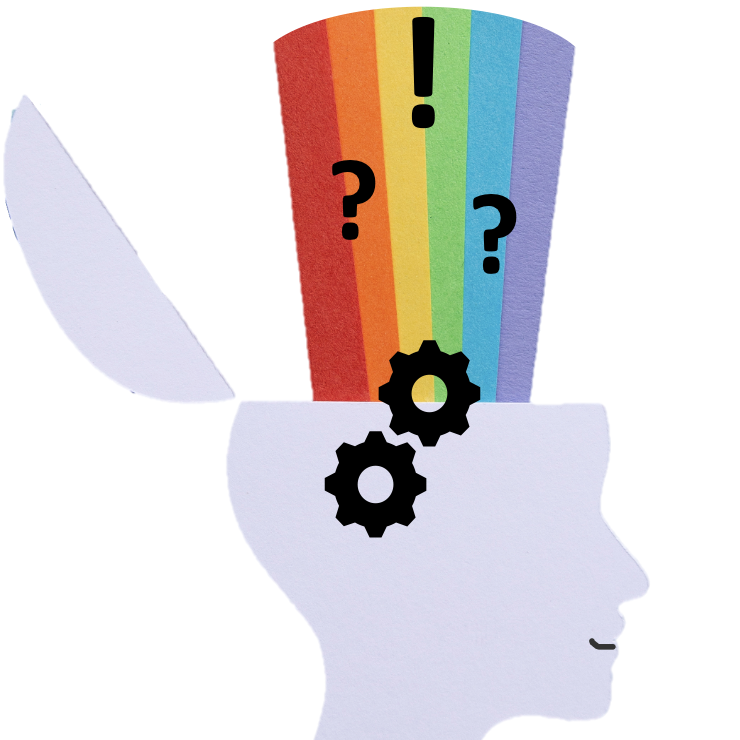Voting sits at the flashpoint of technology, politics, sociology, and psychology. It deserves a hard look at how rapidly growing technologies might help. This is the first essay in a four-part series on voting.
All people want a voice in their government. They want a vote. Athens set up the first democracy 2,500 years ago, yet our elections remain susceptible to poor access, inaccuracy, and lack of trust from the voting public.
The Century Started With A Monumental Voting Failure
The 21st century began with the United States’ general election outcome determined by chad. Chad is not a person. “It” is the tiny piece of paper that a voter punches out of a perforated paper ballot. Odd chad hampered the vote count in the state of Florida. Dangling chad. Triangle chad. Swinging chad. Dimpled chad. And let us not forget the Pregnant chad. Figuring out what was and was not a vote confounded Florida vote counters for five weeks.

Counting chad went to the Supreme Court of the United States. The late U.S. Supreme Court Justice, Antonin Scalia (who supervised recently nominated Justice Amy Coney Barrett) reportedly said that the Court’s reasoning in ruling on counting chad was, “as we say in Brooklyn, a piece of shit.” That ruling made George W. Bush the 43rd President of the United States.
Technology Explodes But Voting Shortcomings Persist
This century has already seen more technological advances than the previous hundred years. Scientists now cut-and-paste human genes, but after two decades and hundreds of millions of dollars of investment in voting technology, serious problems fester.
This past April, the COVID-19 pandemic hobbled voting access in the state of Wisconsin. Only 5 of 180 polling stations opened in Milwaukee, a city of 600,000.
France, Norway, The Netherlands, and Sweden, all trialed Internet voting in the past ten years, then abandoned it.
Last month, voters in Belarus rejected their national election’s legitimacy when 26-year incumbent, Alexander Lukashenko, won 80% of the vote. They rocked the capital of Minsk with the most massive protests in the country’s history.
Last week, both Democrats and Republicans questioned mail-in balloting’s legitimacy in North Carolina. It is a pivotal state in November’s general election. Opposition Democrats cried foul as election officials rejected Black voters’ early ballots for irregularities at twice the rate of other voters. Incumbent Republicans claimed new rules for amending faulty ballots increase fraud.
Technology For Better Voting
Over the next three weeks, we will explore how exponentially-growing technologies might robustly deliver trusted voting solutions.
Week 1 will face the question, “What are the problems to solve?” Voters want to cast ballots with reasonable effort, privately, with physical safety. They want to know that their votes will be counted and that results will be accurate and transparent. Critically, whether an election contest is for a city, state, or country, it must be affordable.
With the main problems defined, in Week 2, we will look at several of the most popular near-term solutions. Some are seeing use in 2020; others have been tried and discarded. Spoiler alert: blockchain fans will be disappointed.
Week 3 will examine long-term technology solutions to fully satisfy the needs of democratic elections. What might encourage and enable every eligible voter to safely and reliably cast her/his vote? How can you guarantee the final tally to be 100% accurate and trusted by the public?
The Future Vote
The same technologies that might enhance elections can also threaten them. Power is seductive. In Mayor Richard J. Daly’s mid-century Chicago the saying went, “Vote early, vote often.”
In this century authoritarian rulers, some of whom like Alexander Lukashenko claim democratic support, increasingly use exponentially growing technologies for mass surveillance, movement restriction, and commercial manipulation.
Democracy, in the language of ancient Athens, meant Demos – common people, Kratos – force, or power. The power of the common people. Let us explore how to facilitate the power of the common people through voting technology in a future that is rapidly approaching.
Cover Image by Henry Gill. Retrieved from Smithsonian Institution, https://www.si.edu/object/photographic-print-man-vote-face-paint-selma-montgomery-march:nmaahc_2011.17.97



I appreciate your insight, and undertaking this issue.